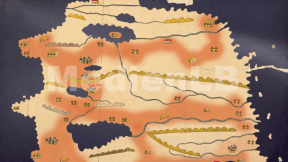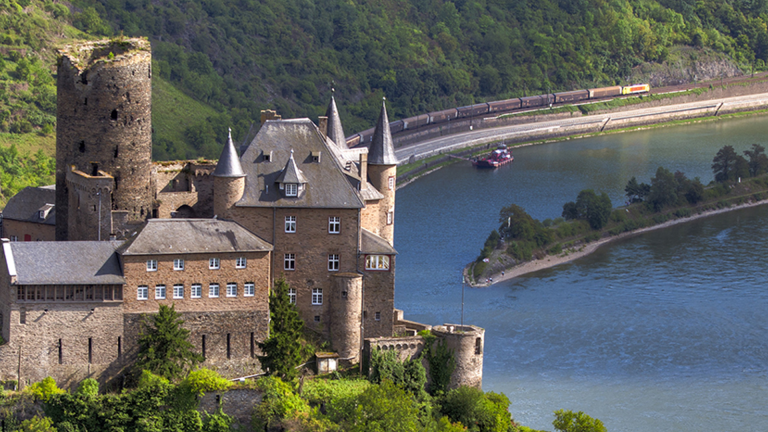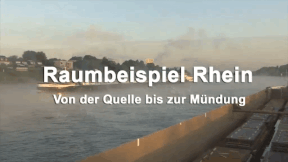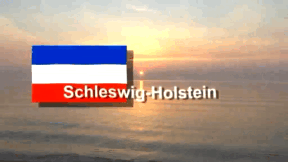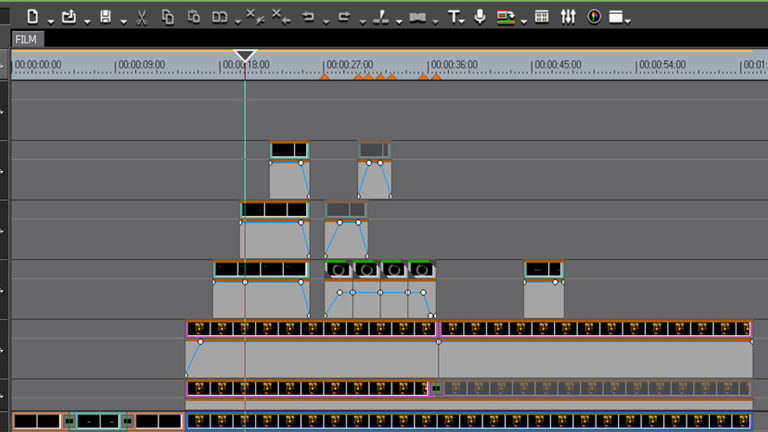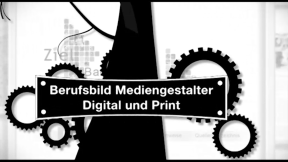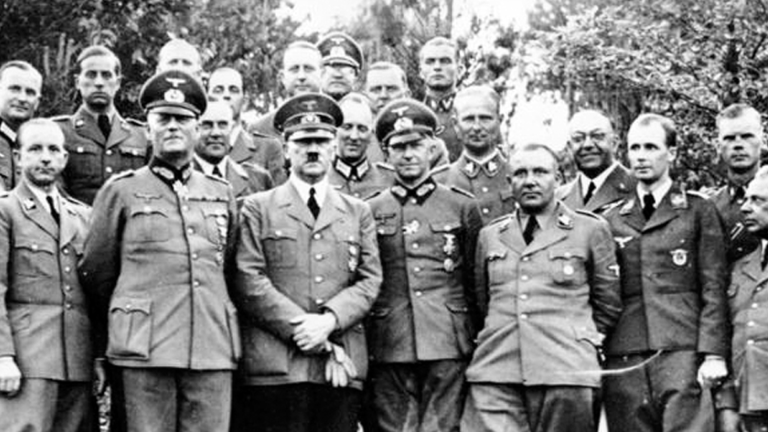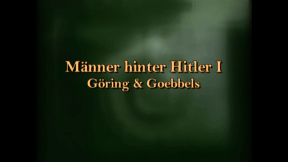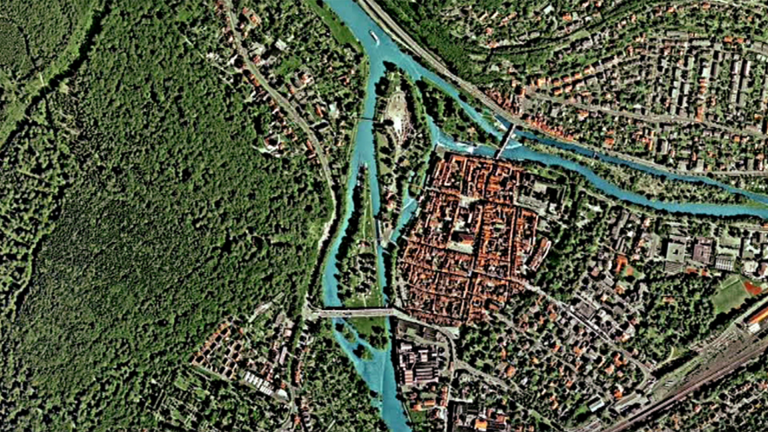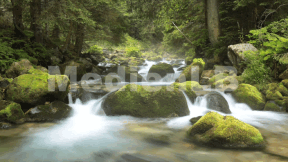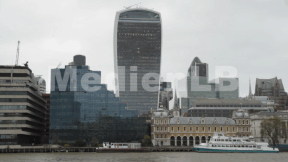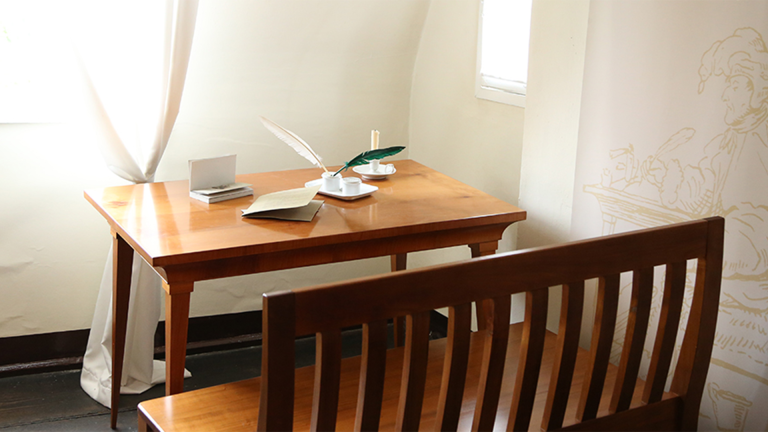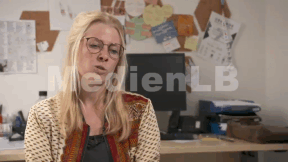Suche:
- # Artistry
- # Biology
- # Chemistry
- # Ecological
- # Economy
- # English
- # Foreign Language
- # Geography
- # German
- # Health
- # History
- # Informatik
- # Latin
- # Mathematics
- # Media Education
- # Music
- # Physics
- # Politics / Civics
- # Preschool
- # Primary School
- # Religion
- # Society
- # Sports
- # Technology
- # Training of Teachers
- # Vocational Education
Handelsrouten
Seit Jahrtausenden handeln Menschen mit den verschiedensten Waren. Anfangs geschah dies in einem sehr begrenzten Umfeld, im Laufe der Geschichte wurden für seltene und exotische Handelsgüter allerdings auch weite Wege und gefährliche Reisen in Kauf genommen.
Learn moreThe Rhine – a Natural Area
At 1,230 km the Rhine is the second longest river in Western Europe. From its source in the canton of Graubünden in the Swiss Alps, it travels through Austria, Germany and empties into the North Sea in the Netherlands. The most important tributaries of the Rhine are the rivers Meuse, Main, Moselle and Neckar. The Rhine is one of the busiest and most important waterways in the world.
Learn moreSchleswig-Holstein
In the far north, at the border to Denmark, is the federal state of Schleswig-Holstein. The Baltic Sea coast and the hilly country to the east, the geest in the centre, the North Frisian Islands, the Wadden Sea with the North Sea coast determine the natural environment.
Learn moreElections
There is no democracy without regular elections. Elections are the citizen’s most important means of actively shaping the politics of his or her state. Democracy is based on the citizens’ recognition and support. Everyone has the possibility of political involvement.
Learn moreDigital Media Designer
Media design refers to the creative practice that is the artistic use of the new media. Media design is the process of aesthetic shaping, during which the media can be both tool and material.
Learn moreSilicon Valley
The famous Golden Gate Bridge runs across the San Francisco Bay into one of the most beautiful cities of America. And into one of the world’s richest regions. Around the bay, the headquarters of the leading global corporations of the digital era are located.
Learn moreUrban Development
The film provides an insight into the topic of urban development. In such a process, many factors work together: for example geographic location, economic opportunities and citizens' prosperity.
Learn morePhotography II
Anyone who is able to master the technology of his camera can expose a photo correctly, knows how to handle exposure time and aperture – but only those who can design their photos, compose their pictures properly, know how to direct the viewer’s attention and are able to lend a message to their pictures, truly master photography.
Learn moreWorld Trade
Many of the goods we use every day come from foreign countries and have to be imported into Germany. Without a functioning world trade our range of products would be very limited. Often goods are transported over long distances from A to B before we can use them.
Learn moreLiterature of Romanticism
At first glance, the text appears very simple. It reminds us of a folk song. The first stanza tells of Heaven and Earth uniting – often interpreted as a bridal kiss. But then irritation already sets in. It says: “It was“– so it is past, distant. Only an echo remains, a reflection.
Learn moreDrogen und Computerspiele
Drogen machen sehr schnell abhängig und ziehen in einen Kreislauf aus Konsum, Verlust der sozialen Kontakte und sozialem Abstieg.
Learn more




